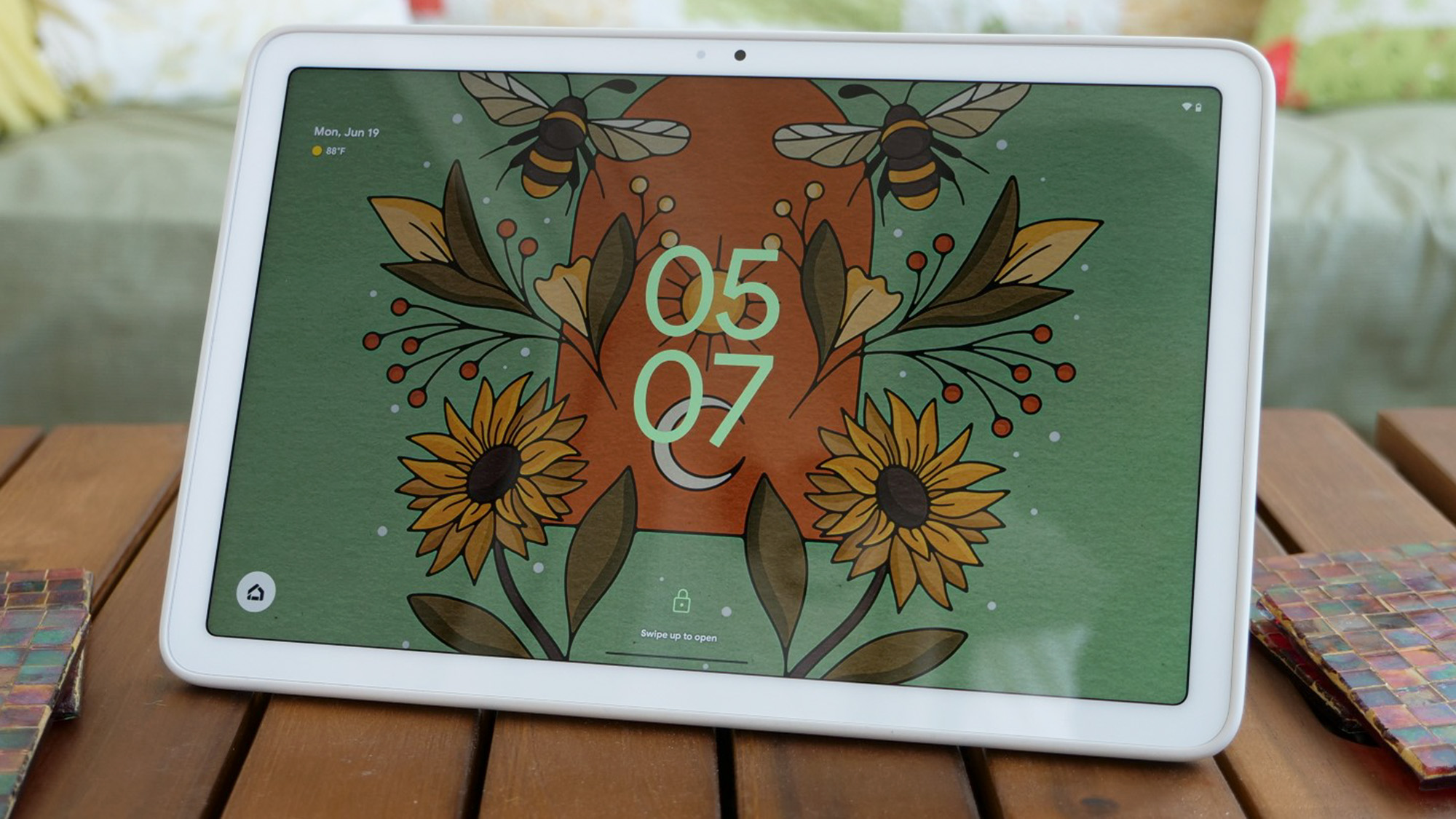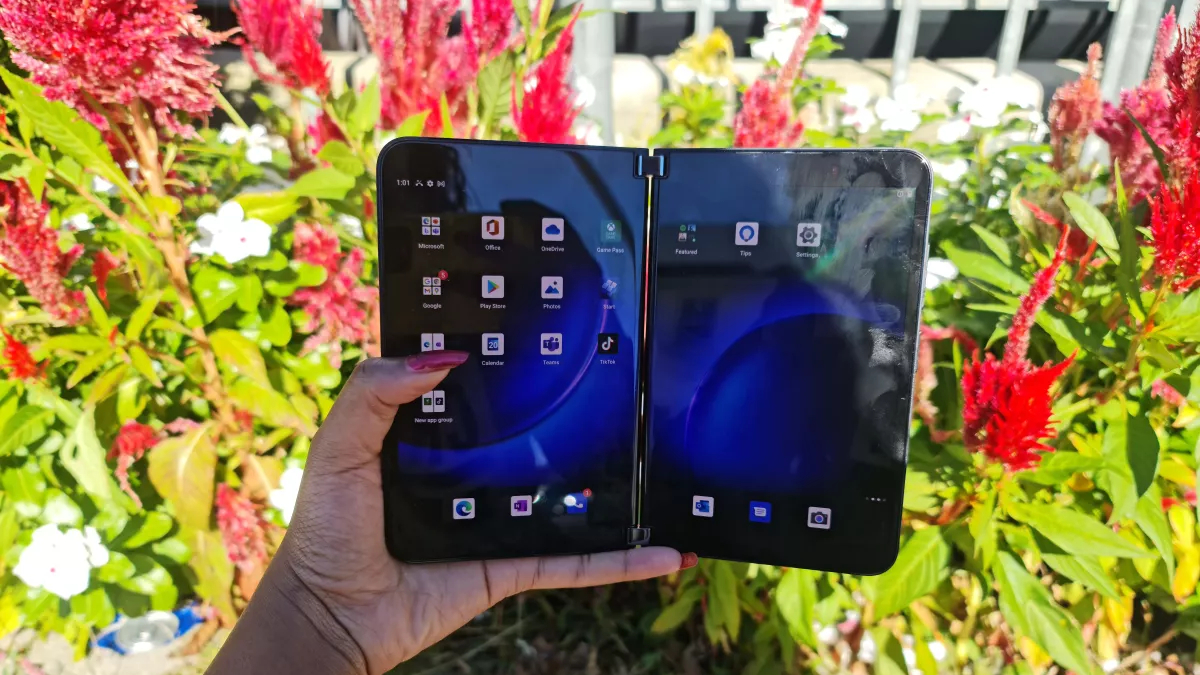Android is dead — as part of Windows. Microsoft recently announced that it will end support for the Windows Subsystem for Android (WSA) in 2025. Well before then, neither Android apps nor the Amazon Appstore will be available through the Microsoft Store.
The story of WSA began with a product that had problems with both Windows and Android when it debuted: the iPad. Apple’s tablet, which hit the market red-hot, threatened to supplant the laptop after helping to end netbooks. Microsoft’s response—adding touchscreen support in Windows 8 via a tile-themed mode that eventually gave way to tablet mode—never seriously challenged Apple’s tablet, and Windows Phone failed to attract touch-sensitive apps that can also be run on the desktop. As for Google, optimizing iPad apps compared to their phone versions was something Android never had until now. While Android would continue to flourish as a phone operating system, only a few major companies continue to push the boundaries in Android tablets

However, in recent history WSA was a continuation of WSL, a Windows subsystem for Linux that was adopted by developers using Linux-based tools. But WSA had a far broader promise in that it would bring a vast library of touch-ready Android apps to Windows PCs that had failed to attract them. The incentive for Microsoft got stronger when Apple announced the first Macs based on Apple’s silicon, and with them the new ability to run iPad and iPhone apps on them (albeit largely without touch). As Microsoft pursued its own ARM-based PC strategy with Qualcomm, Android apps performed well on the chip architecture they’ve always called home. Finally, with Microsoft adopting Android with the Surface Duo, supporting Android on Windows opened up an opportunity for PC-phone integration that went beyond what Microsoft delivered with its phone and Samsung’s Galaxy S series.
But WSA’s lack of Google Play, and thus many of Google’s most popular apps—including Gmail, Google Maps, and YouTube—proved to be a major drawback. The Amazon app store that Microsoft included not only had far fewer apps, but a library that was more geared towards kids and entertainment than some of Android’s more advanced productivity apps. Of the several reasons Google might not have wanted Google Play on Windows, the leading one is probably that such support would make Windows PCs more competitive with Chromebooks. After all, Google doesn’t even allow devices running ChromeOS Flex, its option to run ChromeOS on PCs and Macs, to access the Google Play store and run Android apps. Finally, Google had its own plans for Android apps on Windows, announcing Google Play Games for the platform, which expanded the market for Android game developers, but not for non-game app developers.

In terms of timing, Microsoft’s embrace of artificial intelligence has created a shift toward a focus on Windows after a more platform-agnostic run crowned by the cloud. While Copilot is easy to find in Windows, we’ve only just begun to see the extent to which it will be woven into the operating system. That reignited a long-standing rivalry with Google, which has positioned its Gemini AI efforts to compete with Microsoft’s. Furthermore, Amazon may not want to promote its Android app store as it moves to a a new operating system codenamed Vega on many other devices.
Windows Services for Android provided the best integration of Android apps into Windows, but it wasn’t the first to bring those apps to the platform. The BlueStacks app player has allowed Android apps to run on Windows for over a decade and provides full access to Google Play although, like another option, Nox Player, it focuses heavily on games. Now, with Microsoft pulling out of Android on Windows after raising the value of its existence, Google may consider adding support for more than just games.
Meanwhile, while Windows’ touch-based app interface has improved since Windows 8, it’s still not done. iPad retains the best native app touch experience. Especially with support for Android apps, detachable Chromebooks like the Lenovo Duet offer a touch interface experience that surpasses that of Windows.